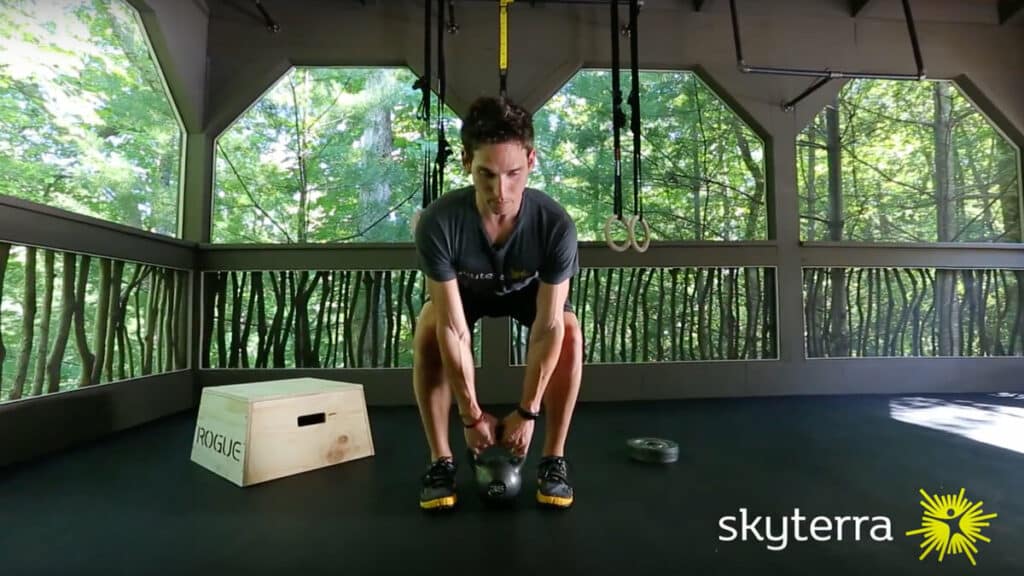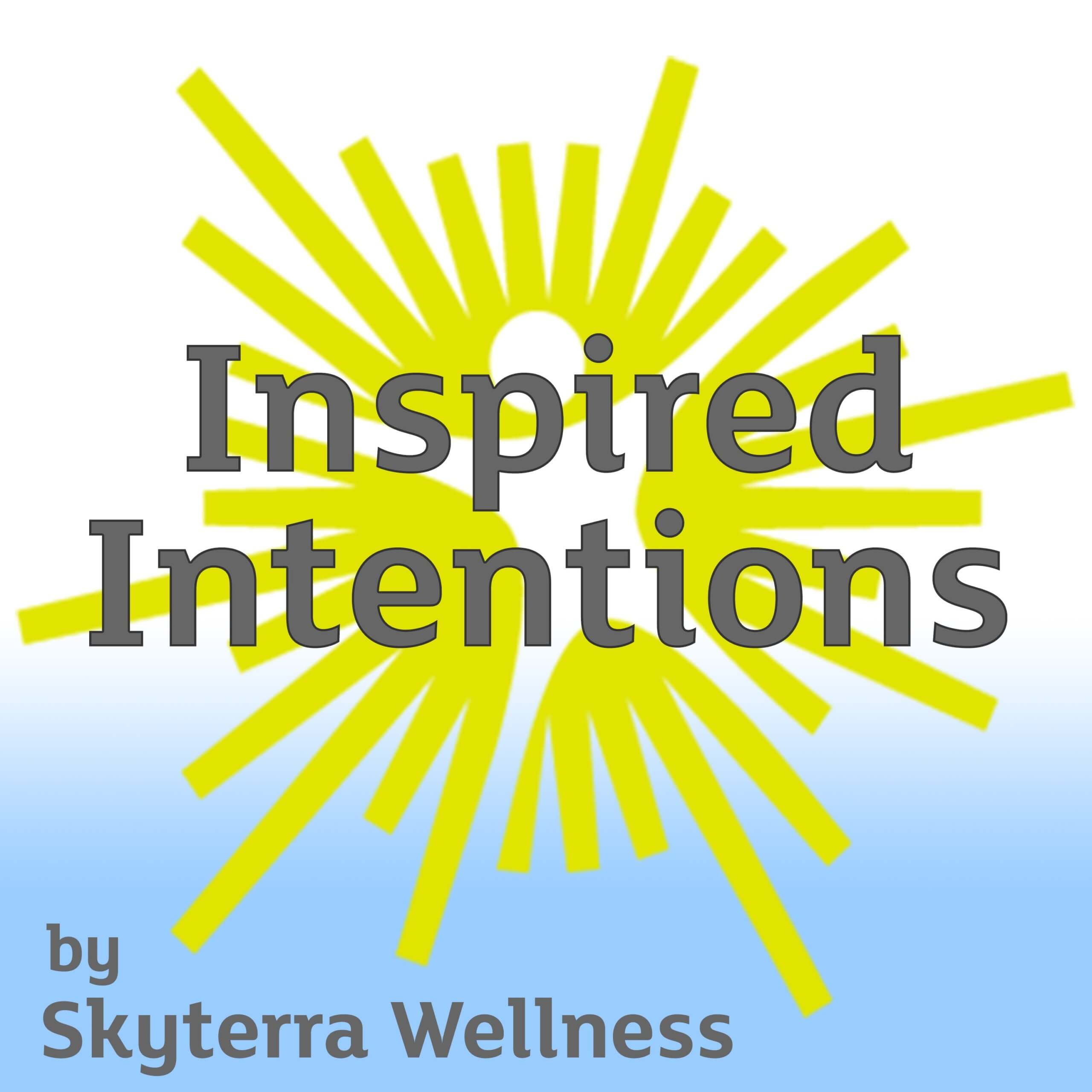Modern living forces our bodies to tolerate a lot of things it would be better off without – like sitting too much! The average person accumulates twelve hours of sitting every day, doing things like driving to work, sitting at the office, or watching TV. But our bodies were made to move, and when we don’t, it hurts us. The scientific community has even coined the term “sitting disease” to refer to metabolic syndrome and the ill effects of an inactive lifestyle.
The good news is that there are proactive steps you can take to reverse this damage. Let’s take a look at the physical problems caused by sitting too much and how to address them.
What Happens To Your Body When You Sit Too Much?
When you don’t take breaks from sitting (and when you sit in poor positions) your body eventually adapts. These adaptations turn into lingering discomfort, and three categories of major physical problems arise.
First – a tight upper back. Your shoulders round and the area just below your neck stiffens up. If you’re slumped over looking at a computer or a phone, the pressure increases. You’re looking at a one-two punch of neck/back discomfort. In the long run, this contributes to poor posture, which comes with its own set of problems.
The second issue is shortened hip flexors. Hip flexors are a small muscle group at the top of your thighs, right where your legs meet your torso. Whenever you sit in a typical chair with your legs in a classic 90-degree bend, these muscles are constantly restricted and shortening. Short, tight hip flexors hinder your mobility and can also lead to pain and irritation in the lower back and IT band (the tendon along your outer legs).
The last physical problem is glute inactivity. In other words, your butt turns off! When you sit too much, your glutes and the backs of your legs lose strength. Beyond how this might affect your appearance (a concern for many people) it also leads your body to compensate with other muscle groups. When you start moving again, you’re more susceptible to not activating the right muscle groups at the right times. This increases your risk of injury and hinders your performance.
How Can You Reverse These Problems?
1.) Move More
First and foremost, you must sit less. It is next to impossible to impact the problems of a sedentary lifestyle without addressing the underlying cause. You could get a standing desk, commit to daily walks, turn off the TV, pick up a new hobby – anything and everything helps. When you do sit, pay attention to your posture and take plenty of breaks to stand up and move.
2.) Sit Better
Be mindful of your seated posture. Sit up tall with a neutral spine. Get to the edge of your chair and plant your feet shoulder-width apart. Position your computer screen straight in front of you, so you don’t need to arch your neck or hunch down to look at it. You can also benefit from changing the angle that you’re sitting. Believe it or not, a one hundred and twenty-degree position (what you would see in a reclining chair) is actually best for your hip flexors. When you stand up to take a break, check in with your glutes (butt) by occasionally contracting (squeezing).
3.) Targeted Exercises
Actively address all of the above problems with targeted movements. You’ll see and feel a difference even if you just work two or three new moves into your routine.
For the upper back: Try corrective exercise and soft tissue work. Start with wall slides: Stand with your back up against a wall, arms out wide in a “T” shape, bent at the elbow. Slowly slide your elbows, arms, and hands above your head. Make sure you keep your lower back flat and pressed up against the wall. After that, try foam rolling your upper back. Spending three minutes per day foam rolling is a nice recommendation for anyone with a desk job.
For the hips: Consistent movement and stretching are your keys to success. Bodyweight squats are some of the simplest moves to start lengthening those hip flexors. Throughout your day, get up occasionally and bang out 10-15 squats. Focus on driving your knees out and keeping your weight back. Another beneficial step is to practice half kneeling, sometimes referred to as a trailing leg stretch. Place one knee on the floor while one foot is up in a lunge position. Hang onto the base of a chair while dropping your hips down to the floor. Hold at least one minute per side. This isn’t necessarily an easy stretch, but it’s one of the only ways to really get after your hip flexors.
For the glutes: Re-activating your glutes mostly comes down to getting moving again, with a bit of soft tissue work added in for best results. Deadlifts are one of the most targeted exercises you can do to wake up your glutes, and all you need is a pair of dumbbells. This exercise involves a hip hinge, which trains you to use the back of your legs instead of relying on the front. The movement won’t come naturally to those who sit a lot, but it’s a must in fixing the problem. You will also want to “smash” your glutes using a yoga tune-up ball. This is easier to execute than it sounds: simply massage those biscuits with a small ball, really feeling it in that soft tissue. You can do this on the ground or against a wall.
Quick Desk Break Total-Body Mobility Routine
Ever think, “OK, I am standing up to take a break from my desk. Now what?” Here’s a simple, equipment-free routine that will take you less than five minutes.
Play VideoDuring your desk break, complete two to three rounds of the following:
- 5 Four Point Squats
- 10 Forward Leg Swings per side
- 15 Touchdown Arm Swings
Feels good, right? With a little consistency, it’s sure to benefit your health and mobility in the long run.
Reference: Just Stand (2018). The Facts, The Human Body is Designed to Move. Retrieved from: http://www.juststand.org/the-facts/

About Jeff Ford
Jeffrey Ford is the Fitness Director at Skyterra Wellness Retreat. If you’re looking to jumpstart a more active, fit, energetic lifestyle, come visit us. Work with Jeff and find out just how much fun consistent movement can be!








